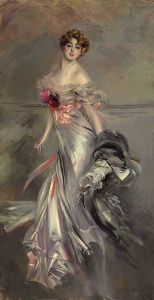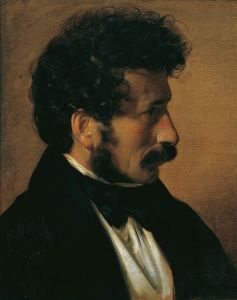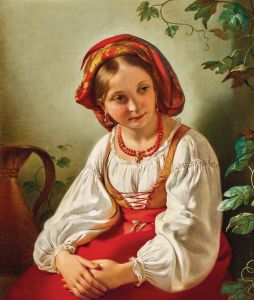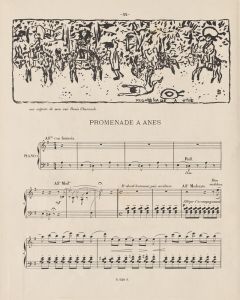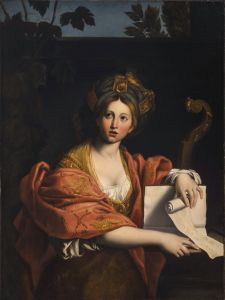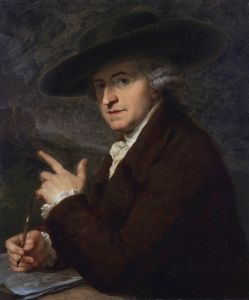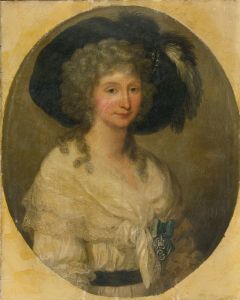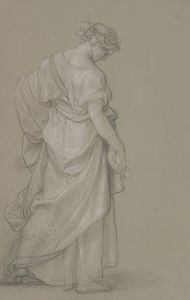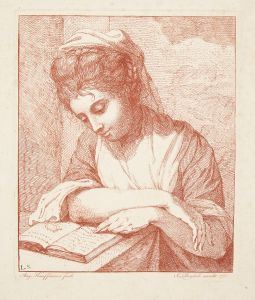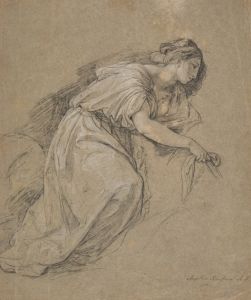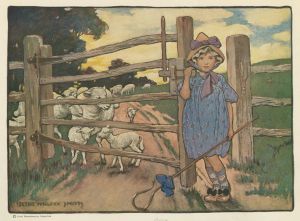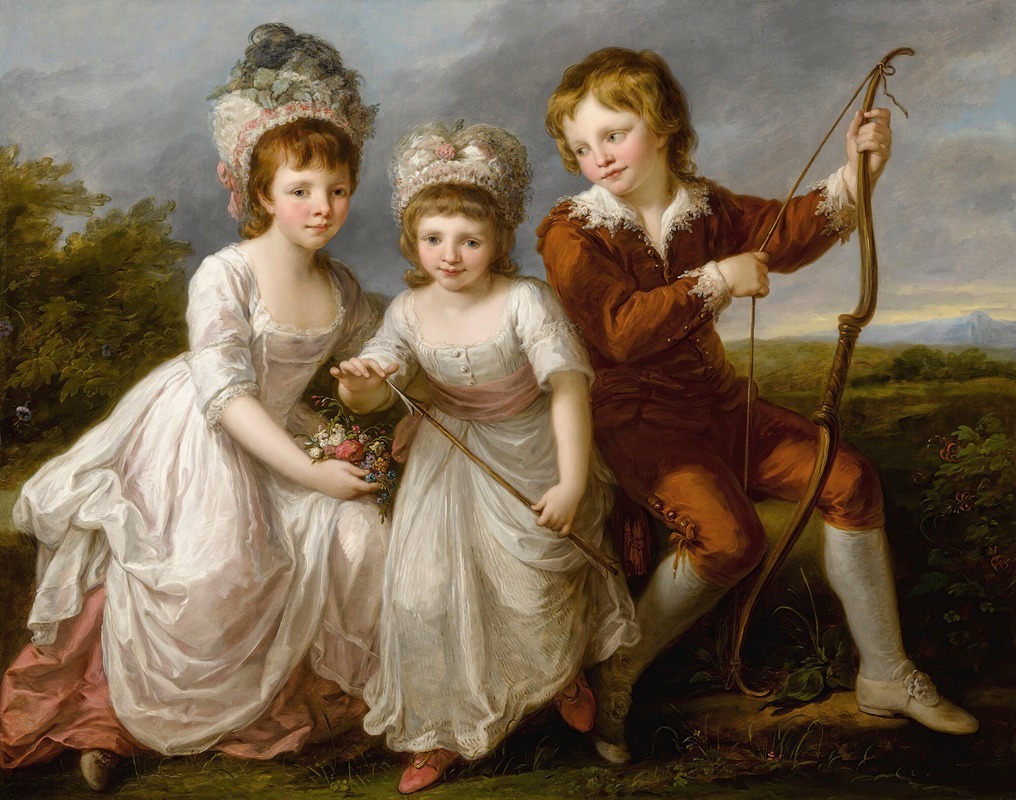
Portrait Of Three Children
A hand-painted replica of Angelica Kauffmann’s masterpiece Portrait Of Three Children, meticulously crafted by professional artists to capture the true essence of the original. Each piece is created with museum-quality canvas and rare mineral pigments, carefully painted by experienced artists with delicate brushstrokes and rich, layered colors to perfectly recreate the texture of the original artwork. Unlike machine-printed reproductions, this hand-painted version brings the painting to life, infused with the artist’s emotions and skill in every stroke. Whether for personal collection or home decoration, it instantly elevates the artistic atmosphere of any space.
Angelica Kauffman, a prominent Swiss Neoclassical painter of the 18th century, is renowned for her portraits and historical compositions. One of her notable works is "Portrait of Three Children," which exemplifies her skill in capturing the innocence and charm of childhood through her adept use of color, composition, and expression.
Angelica Kauffman was born in 1741 in Chur, Switzerland, and was a child prodigy in both painting and music. She trained under her father, Joseph Johann Kauffman, and later studied in Italy, where she was influenced by the classical art and culture that would shape her Neoclassical style. Kauffman became one of the founding members of the Royal Academy of Arts in London in 1768, a significant achievement for a woman at that time.
"Portrait of Three Children" is a testament to Kauffman's ability to portray her subjects with warmth and sensitivity. Although specific details about the painting's commission and the identity of the children are not widely documented, it is consistent with her oeuvre, which often included portraits of aristocratic families and their children. Kauffman's portraits are characterized by their elegant composition and the gentle, almost ethereal quality of her subjects.
In this painting, Kauffman employs a soft color palette, which is typical of her work, to create a serene and harmonious atmosphere. The children are depicted in a natural setting, which was a popular motif in portraiture of the time, symbolizing innocence and the natural state of childhood. The use of light and shadow in the painting highlights the delicate features of the children, emphasizing their youthful innocence and vitality.
Kauffman's technique in "Portrait of Three Children" reflects her mastery of the Neoclassical style, which sought to revive the classical ideals of beauty and harmony. Her attention to detail and the subtle interplay of colors and textures demonstrate her skill in rendering fabrics and skin tones, adding depth and realism to the portrait.
Throughout her career, Angelica Kauffman was celebrated for her ability to convey the personality and character of her subjects, and "Portrait of Three Children" is no exception. The painting not only captures the physical likeness of the children but also hints at their individual personalities, a testament to Kauffman's keen observational skills and her empathetic approach to portraiture.
Kauffman's legacy as a pioneering female artist in a male-dominated field is significant. Her work, including "Portrait of Three Children," continues to be admired for its technical excellence and emotional depth. Today, her paintings are held in high regard and can be found in major art collections and museums around the world, where they continue to inspire and captivate audiences with their timeless beauty and grace.





